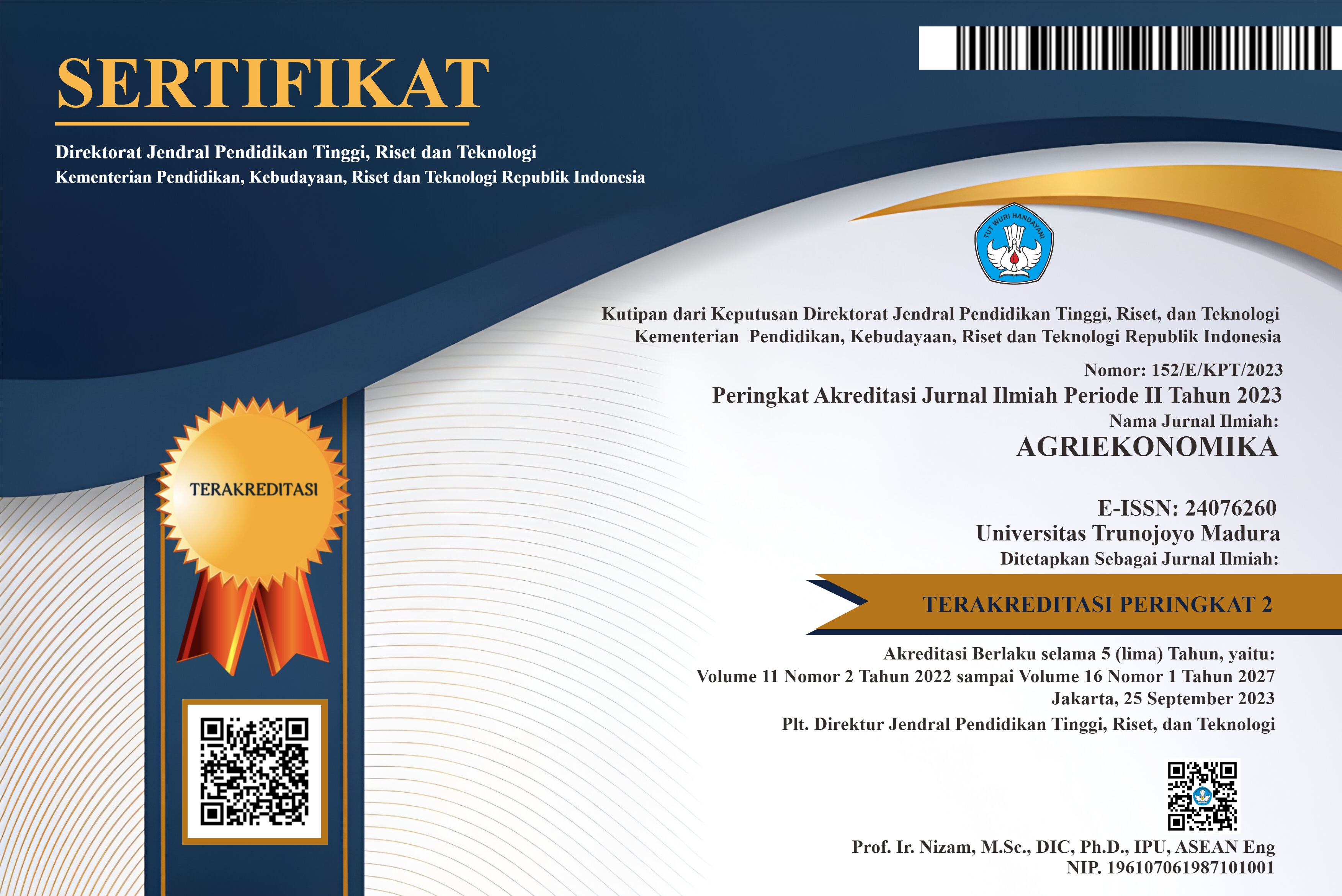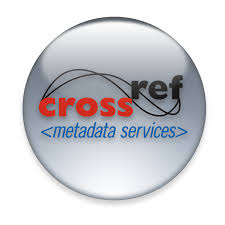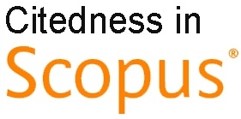PEMAHAMAN DASAR ANALISIS MODEL COMPUTABLE GENERAL EQUILIBRIUM (CGE)
Abstract
Keywords
Full Text:
PDF (Bahasa Indonesia)References
Berg, G., Reinert, K., 1995. A Computable General Equilibrium Estimation of the Effects of the U.S. Meat Program. International Economic Journal, 9: 53-66.
Böhringer, C., Rutherford, T., Wiegard, W., 2003. Computable General Equilibrium Analysis: Opening a Black Box. Centre for European Economic Research, Discussion Paper No. 03-56, Mannheim.
Brown, D., Deardorff, A., Stern, R., 2001. CGE Modeling and Analysis of Multilateral and Regional Negotiating Options. Research Seminar in International Economics, Discussion Paper No. 468. School of Public Policy, University of Michigan, Michigan.
Dixon, P.B., Pearson, K.R., Picton, M.R., Rimmer, M.T., 2005. Rational expectations for large CGE models: A practical algorithm and a policy application. Economic Modelling, 22:1001-1019.
Ezaki, Mitsuo. 2006. Computable General Equilibrium: Approaches in Urban and Rural Policy Studies. World Scientific.
Hosoe, N.; Kenji Gasawa and Hideo Hashimoto. 2010. Textbook of Computable General Equilibrium Modelling: Programming and Simulations. Palgrave Macmillan. New York.
Yusuf, Arief Anshory. 2008. Indonesia E-3: An Indonesian Applied General Equilibrium Model for Analyzing the Economy, Equity, and the Environment. Working Paper in Economics and Development Studies. Center for Economics and Development Studies, Department of Economics, Padjadjaran University.
DOI: https://doi.org/10.21107/agriekonomika.v2i1.667
Refbacks
- There are currently no refbacks.







